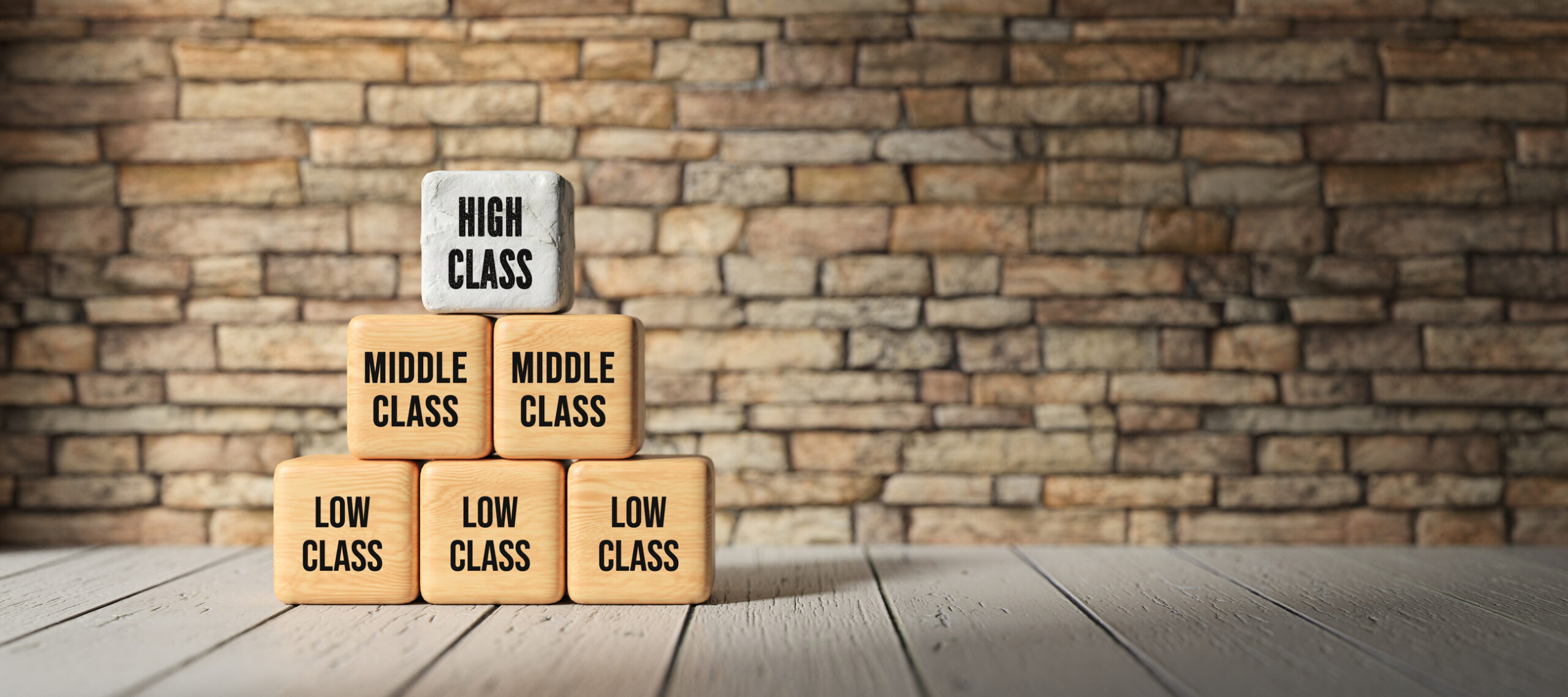Many of the top 10% of earners in South Africa would fall into the lower-middle class in other countries because we are so heavily taxed.

Image: iStock
Government needs the South African middle class to grow, but instead seems intent on taxing them into poverty, and making it unlikely that they would be able to carry future burdens in taxes and government spending.
They will have to deal with rising inflation and rising interest rates which are much more severe than previously expected, due to the impact of the Russia/Ukraine war.
Mike Schűssler, Brenthurst Wealth consulting economist, and economist Elize Kruger, writing for Brenthurst Wealth, say the middle class will see higher real taxes in future as the debt burden grows and remain under pressure, and will only grow again when conditions are favourable.
“South Africa does not need higher taxes on a smaller middle class, but lower taxes on a growing middle class, which will make SA more sustainable. But unlike early 1990, one has to wonder whether the actual political will of the ruling party is there. It has become extractive rather than enabling, at present.
“If government chooses a more enabling route, the country can get back on a sustainable growth and job creation path. It will take decades to wipe out unemployment, but at least growing numbers of employed people will create a bigger share of people to carry the exceptionally high tax burden that is likely to increase in the future.”
ALSO READ: Who is helping the forgotten middle class during the lockdowns?
They hope that the shrinking middle class does not just present an economic problem, but rather the driving force of political change. Without reforms, the middle class will soon be buried under ever more taxes, that will make life a lot harder, while many more will seek to leave in the next few years.
However, they point out, should reform take place, we can expect an increase in the middle-class numbers, with more people able to share the high tax burden which, in effect, will become lower than before.
Current numbers look bleak. Schűssler and Kruger say less than 20% of the adult population are liable for personal income tax, which is roughly one in six adults. They say they know of no other personal income tax paying country where such a small share of the adult population pays the bulk of all tax income and receives so little in return.
“The problem is that the middle class has been squeezed over the past two years, with one in eight jobs lost and very little inflation adjustment for many of the salaried employees, while commitments such as medical insurance and school fees increase.”
ALSO READ: The middle class cannot be neglected
The middle class in South Africa is very important given its small size. But who is the middle class?
Schűssler and Kruger say although there is no single universal definition, in South Africa they prefer to define the middle class as the group of people who would at least be those who work.
“Usually, one would refer to formal work, but with so few people who have work, work will have to do. The percentage of people working in South Africa is one of the lowest in the world. In 2020, less than 36% of the South African population above 15 years of age were working according to the World Bank.”
It is also alarming that South Africa has regressed by about 200 basis points to less than 34%, according to the latest Quarterly Labour Force Survey data. Unemployment rose to a record 35.3% in the fourth quarter of 2021, with the number of unemployed people increasing by 278 000 to 7.9 million.
“This should be a big worry for not only government, but for each and every citizen. If this trend continues, which seems to be the case, the unrest we saw in July 2021 will be the tip of the iceberg.”
Less than 25% of adults over the age of 15 actually get a regular pay check from a formal employer. In most countries, someone who earns a typical salary would pay personal income tax, but that is not the case in South Africa.
ALSO READ: Middle-class woes? Let’s try poor
Therefore, Schűssler and Kruger say, South Africans who pay personal income tax can be considered upper-middle class, although this does not translate to being rich, as upper-middle class is then effectively classified as a working person who earns an annual income above just R87 000.
“The irony is that many of the top 10% of earners in South Africa would fall into the lower-middle class in many other countries. Upper-middle class is a relative term here because so few people even earn a regular formal salary.”
According to the World Competitiveness Report, South Africa has the fourth lowest share of employed people who pay income tax. Combined with being in the bottom 5% of countries regarding the percentage of the population who are employed, South Africa should have the smallest share of the population paying personal income tax in the world today.
The upper middle class buy cars and houses, and often have young children and some form of medical aid cover. They are the group of people who keep the wheels of the economy turning. This small group pays personal income tax which makes up approximately 38% of government income.
Download our app